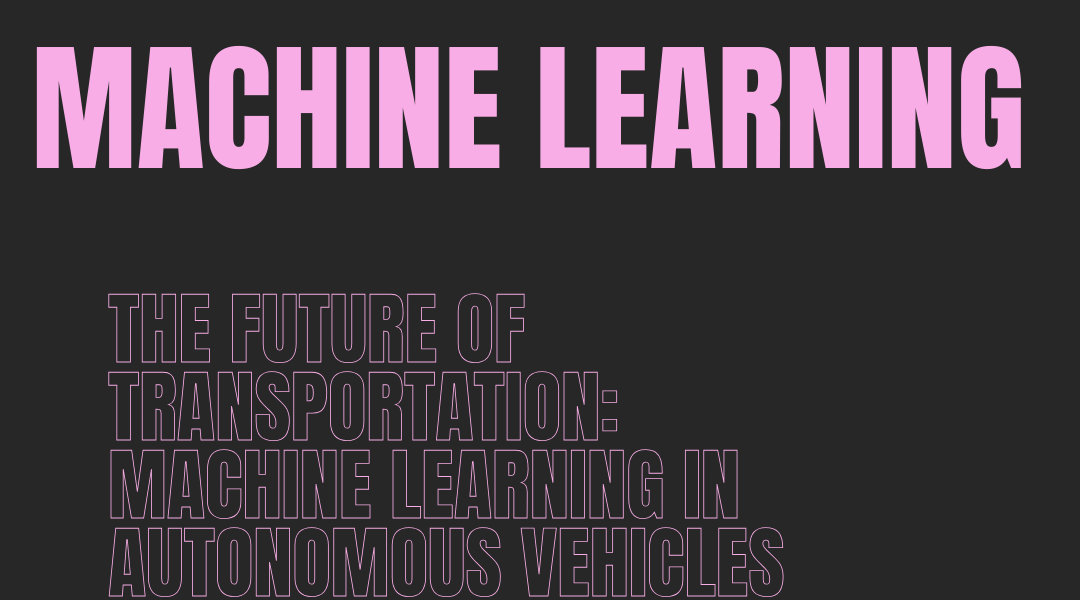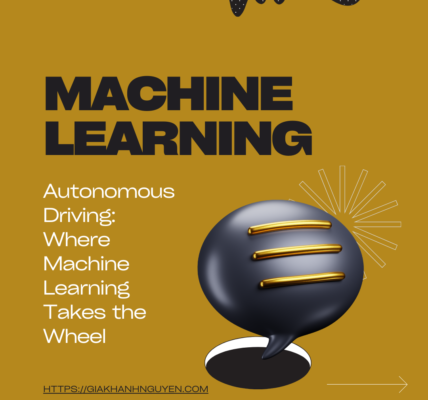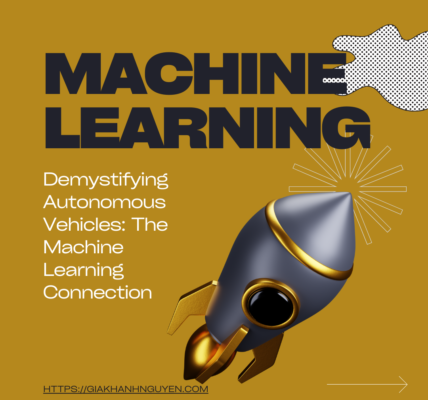In the dynamic world of technological advancements, the future of transportation is being vigorously reshaped by the integration of machine learning in autonomous vehicles. This powerful combination is steering us towards a new horizon of travel, marked by unprecedented safety, efficiency, and sustainability. “The Future of Transportation: Machine Learning in Autonomous Vehicles” delves into this exciting revolution, exploring how machine learning is not just driving these vehicles but also driving a transformation in how we commute, connect, and conceive our cities.
Machine learning, a branch of artificial intelligence, is the technological cornerstone of autonomous vehicles. It endows these vehicles with the ability to learn from and make decisions based on vast amounts of data. Through continuous learning and adaptation, machine learning algorithms enable autonomous vehicles to understand and interact with their environment, make predictive decisions, and navigate the complexities of the road with increasing accuracy and safety.
The implications of this are profound. With machine learning, autonomous vehicles can reduce traffic accidents, a leading cause of death worldwide, by minimizing human error. They’re equipped to recognize pedestrians, interpret traffic signals, and respond to unexpected situations much faster than a human can. Moreover, these vehicles can communicate with each other and with traffic systems to optimize routes, reduce congestion, and contribute to a smoother flow of traffic.
Beyond safety and efficiency, machine learning in autonomous vehicles is also paving the way for a greener future. Optimized driving patterns and the potential for electric autonomous fleets promise significant reductions in emissions, contributing to cleaner air and a healthier planet. Furthermore, the rise of autonomous vehicles could revolutionize urban planning, with less need for parking spaces and more room for green, public spaces.
However, realizing the full potential of this technology comes with its challenges. Ethical considerations, data privacy, and cybersecurity are at the forefront of the discussion. Ensuring that machine learning algorithms are transparent, unbiased, and secure is essential for gaining public trust and integrating these vehicles into our daily lives. Additionally, there’s a need for regulatory frameworks that ensure safety and encourage innovation.
Our exploration into the transformative impact of machine learning in autonomous vehicles, it’s essential to look beyond the immediate benefits and consider the long-term implications for society, the economy, and the global environment. “The Future of Transportation: Machine Learning in Autonomous Vehicles” isn’t just a narrative about technological advancement; it’s a vision for a more connected and harmonious world, where transportation is a seamless, stress-free part of our lives.
The integration of machine learning in autonomous vehicles is a key driver for smart city development. These vehicles, communicating with each other and with city infrastructure, can significantly reduce traffic jams, lower noise pollution, and contribute to more efficient city planning. The data collected can help urban planners understand traffic patterns and pedestrian behavior, leading to more informed decisions and a more responsive urban environment.
The shift towards autonomous vehicles has the potential to dramatically change the economic landscape. It could lead to new business models and services, such as on-demand transportation and mobility-as-a-service, providing more flexibility and options for consumers. However, it’s also likely to disrupt existing industries and job markets, particularly those related to driving and vehicle maintenance. This shift underscores the need for policies and educational programs that can help the workforce transition to new roles and industries.
The global environmental impact is another critical aspect of this revolution. As autonomous vehicles become more prevalent, and as machine learning algorithms optimize their efficiency, we could see a substantial decrease in carbon emissions and fossil fuel consumption. This shift is not only beneficial for the planet but also aligns with broader global initiatives to combat climate change and promote sustainability.
However, the journey towards this future is a collaborative one. It requires the concerted effort of technologists, policymakers, industry leaders, and the public. Ethical considerations, such as how machines make decisions in critical situations and how data is used and protected, must be at the forefront of this journey. Public engagement and education are also crucial to address fears and misconceptions about autonomous vehicles and to ensure that the benefits of this technology are accessible to all.
As we continue to write the story of “The Future of Transportation: Machine Learning in Autonomous Vehicles,” we are not just witnessing a technological shift but a societal evolution. The potential for safer, more efficient, and environmentally friendly transportation is immense, but realizing this potential requires foresight, responsibility, and collaboration. The road ahead is as much about navigating these broader challenges as it is about the technical advancements. As we move forward, the fusion of machine learning and autonomous vehicles stands as a beacon of innovation, guiding us towards a future that reimagines transportation and reshapes our world.


